Posted on 12/22/2025
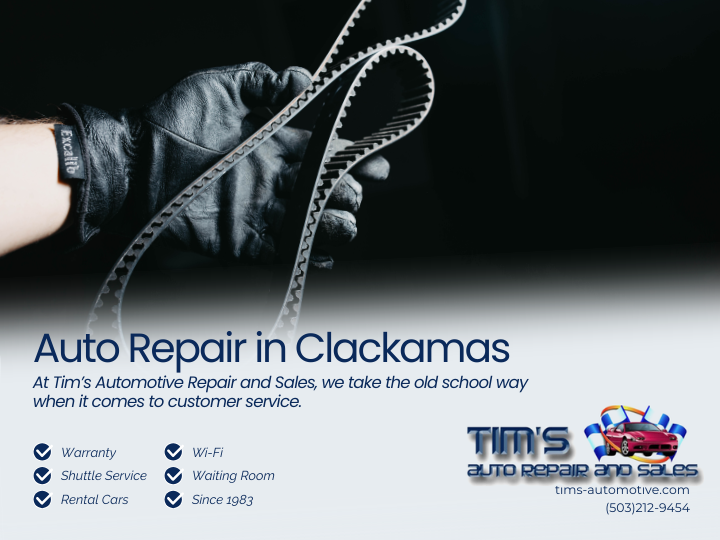
Timing Belt Replacement: Protecting Your Engine and Extending Vehicle Life Introduction: The Critical Role of the Timing Belt When it comes to vehicle maintenance, most drivers think first about oil changes, brakes, or tires. But there’s another component—hidden under the hood—that is equally critical to your car’s performance: the timing belt. If the timing belt fails, your engine doesn’t just stop—it often suffers severe internal damage. For drivers in Clackamas, Happy Valley, Oregon City, and Gladstone, replacing your timing belt on time is one of the smartest investments you can make in long-term reliability. At Tim’s Automotive Repair and Sales, we help local drivers avoid breakdowns and costly repairs with professional timing belt inspections and replacements. This guide explains everything you need to know about timing belts: what they do, why they fail, when to replace them, and why professional service is essential. ... read more
Posted on 12/19/2025
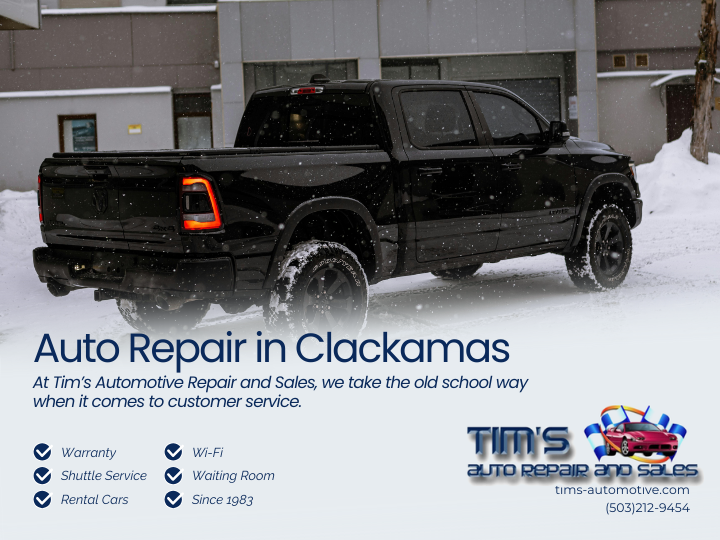
Your Search for a Suspension Shop Near Me Ends Here: Tim's Automotive in Clackamas, Oregon The beautiful scenic drives of Oregon can be a driver’s paradise, but the daily commute through Clackamas County and the unpredictable nature of our roads can take a significant toll on your vehicle. When your smooth, predictable ride is replaced by a jarring, bouncy one, or you start to hear new clunking noises from underneath your car, it’s a clear signal that your suspension system is in distress. A failing suspension isn't just a matter of comfort; it’s a serious safety issue that can compromise your vehicle’s handling, braking, and overall stability. When you find yourself searching for a “suspension shop near me” in the Clackamas area, you need a local expert you can trust—a team that provides honest diagnostics, expert service, and a complete solution. For over 40 years, Tim's Automotive Repair and Sales has been that trusted partner ... read more
Posted on 12/14/2025
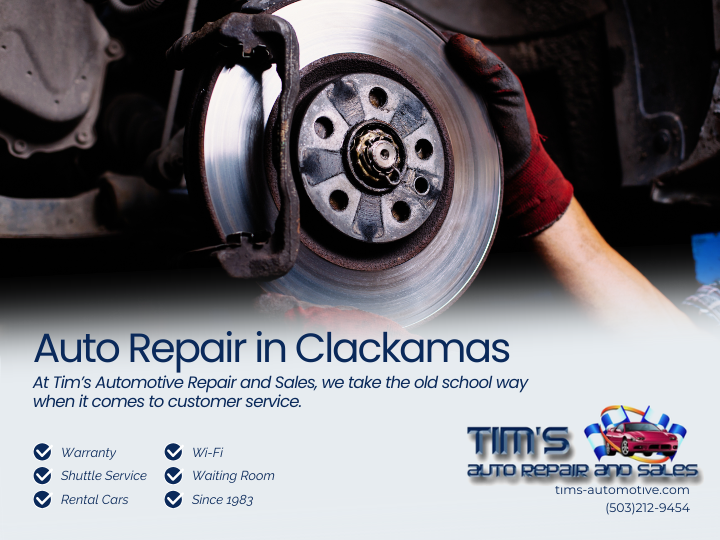
Top 5 Reasons Your Car Needs Brake Service – Stay Safe, Confident, and in Control Your brakes are the foundation of your vehicle’s safety. Every time you stop at a light in Clackamas, drive through Portland traffic, or head toward the mountain passes, you rely on your braking system to respond instantly and predictably. Yet, because braking components wear gradually, many drivers don’t realize how much performance they’ve lost until it becomes dangerous. In this guide, we’ll break down the top five reasons your car needs brake service, the signs you should never ignore, and why timely maintenance ensures smooth, reliable braking in every condition Oregon roads can throw at you. 1. Your Brake Pads Are Worn Out Your brake pads are the front line of your stopping power. Every time you step on the brake pedal, these pads press against the rotors to create friction. Over time, that friction wears down the pad material, reducing effectiveness ... read more
Posted on 12/12/2025
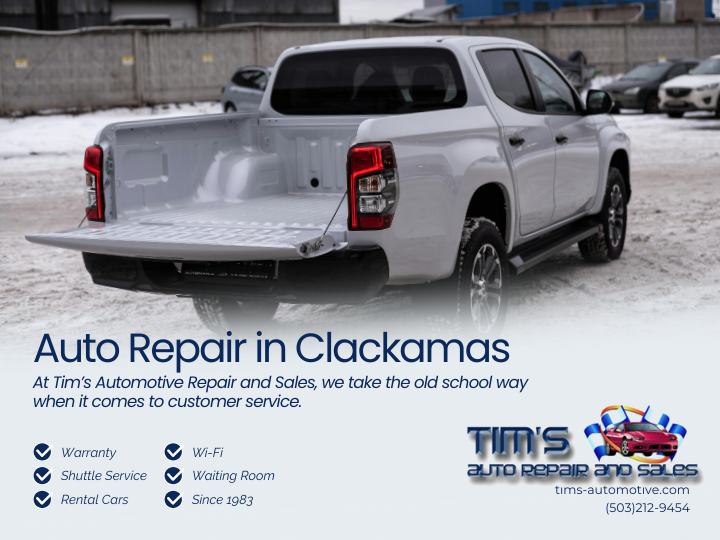
What Is the Cause of That Clunking Sound in My Truck? (A Comprehensive Guide for Truck Owners in Clackamas, OR and Surrounding Areas) Introduction: That Clunk Isn’t Normal — and It’s Not Going Away You’re driving through Clackamas—maybe heading down 135th Ave, pulling onto Highway 212, or merging toward I-205—and suddenly you hear it: a deep clunk from somewhere beneath your truck. It might happen when you shift gears, turn the wheel, or roll over a pothole. Whatever the situation, one thing is certain: your truck is trying to tell you something. That sound isn’t just background noise. A clunking noise signals that something in your suspension, steering, or drivetrain has loosened, worn down, or failed. Ignoring it doesn’t make it go away—it just allows more wear to spread, eventually affecting performance, handling, and safety. In this complete guide, we’ll break down what causes clunking noises in trucks ... read more
Posted on 12/8/2025
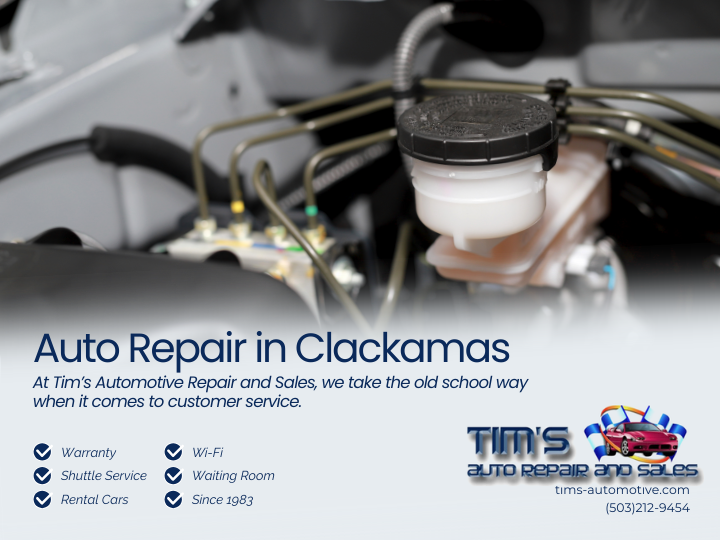
Why Is My Truck Leaking Brake Fluid? A Complete Safety Guide for Drivers in Clackamas, Happy Valley, Milwaukie, and the Greater Portland Area A brake fluid leak in a truck is one of the most urgent mechanical failures any driver can face. Unlike oil leaks, coolant leaks, or transmission leaks—which may cause damage over time—brake fluid leaks can cause immediate and total brake failure. Brake fluid is the hydraulic force your brake system relies on to stop your truck safely. When it leaks, the integrity of that system collapses. Drivers throughout Clackamas, Happy Valley, Oregon City, Damascus, Milwaukie, Sunnyside, and the greater Portland region rely on their trucks daily for hauling, commuting, towing, work, and recreation. A brake fluid leak in these environments—where stop-and-go traffic, steep terrain, wet roads, and fast-moving freeways intersect—is especially dangerous. This fully structured, high-authority guide explains the exact reasons trucks lea ... read more